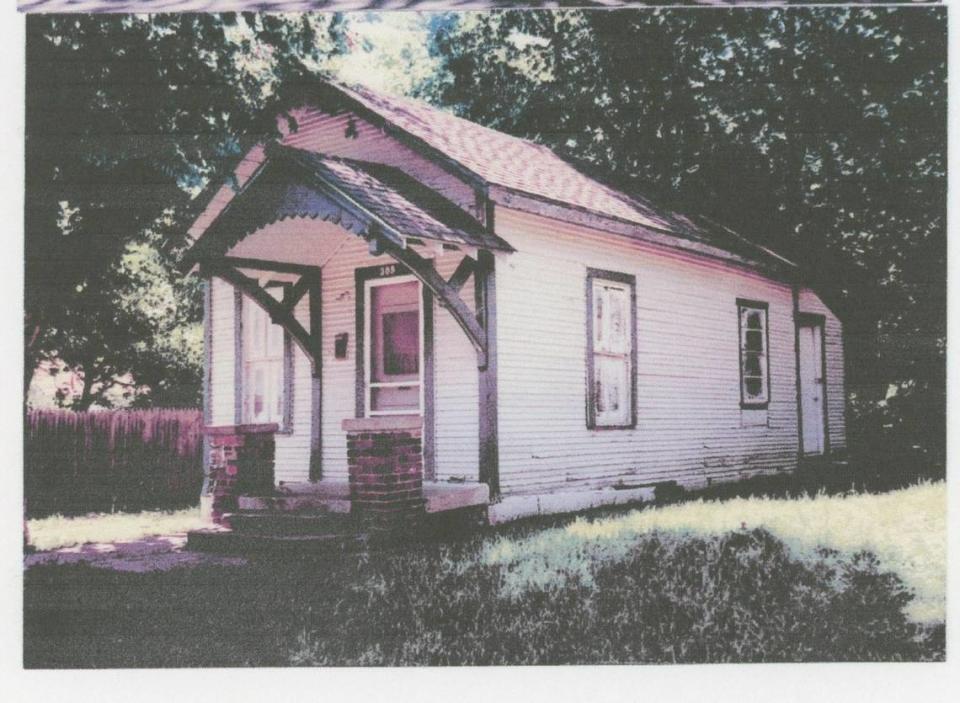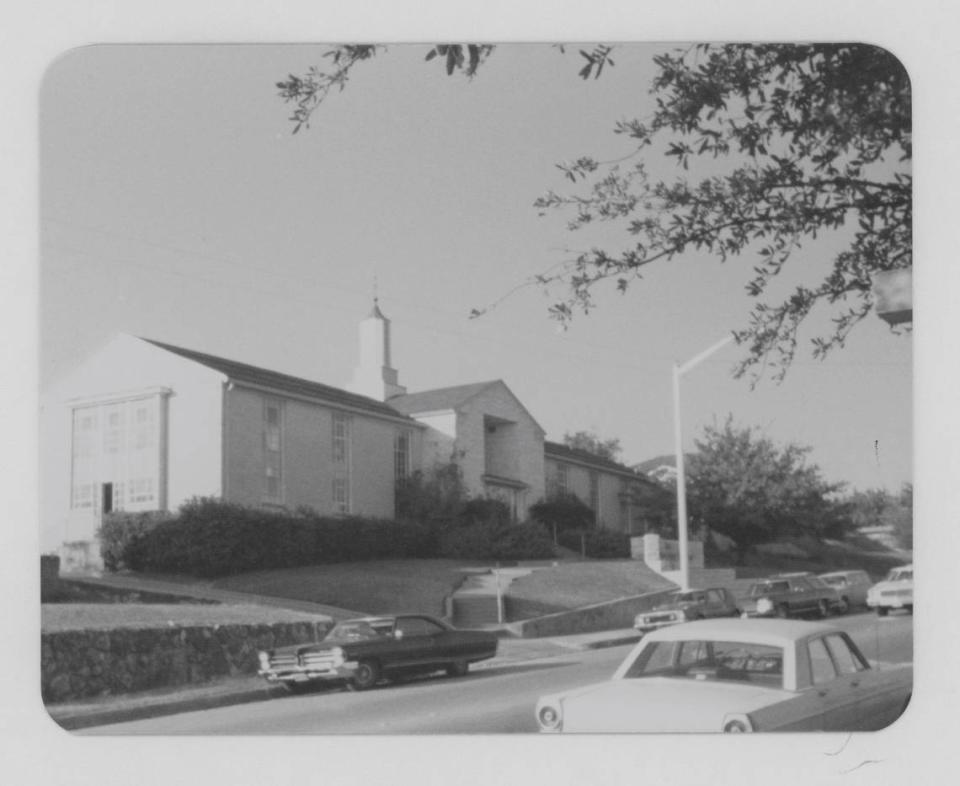There were 28 Mormons in Fort Worth in 1920. Soon they will build a 30,000-square-foot temple
The first Mormon leader to officially visit the Republic of Texas met with Sam Houston in 1844 to ask if members of his persecuted faith — the Church of Jesus Christ of Latter-day Saints — could establish a Lone Star colony.
Presumably, Houston had no objection because the following year Mormon leader Lyman Wight led 200 Latter-day Saints (LDS) to Texas Hill Country. On the banks of the Pedernales, they built the doomed settlement of Zodiac. The river, historically prone to springtime flooding after downpours and raging currents, flooded everything in Zodiac but the cemetery, which later owners plowed over.
The colonists pulled up stakes and tried again five miles from Marble Falls at a place they named Mormon Mills. Faced with Comanche raids and religious prejudice, they moved on. The third attempt at a colony in 1854 was a site in Bandera County called Mormon Camp. Today it lies below Medina Lake.
During the decade when Texas’ first three Mormon settlements vanished, thousands of Latter-day Saints had begun a pilgrimage across the Great Plains to the Utah Territory and the valley of the Great Salt Lake. The religious group had been persecuted and driven from parts of New York, Ohio, Illinois, and Missouri. Their faith banned alcohol, coffee, and tea. It taught of prophets and prophecies beyond those in the Bible. It allowed men to have multiple wives — until 1904 when the religion officially prohibited polygamy.
The Latter-day Saints assigned traveling missionaries to Fort Worth to spread the religion’s controversial post-Biblical gospel. Baptisms were in Rockwood Park, at a horse-shoe bend in the Trinity River, with the first conversion in 1915 for Juanita May James, a mother and homemaker. In 1919 several missionaries held a street meeting at the corner of 10th and Main.
By the next year, 28 people were actively involved. They proselytized their relatives and friends — astonishing activity during years when the Ku Klux Klan had re-emerged.
Today, a century later, the Latter-day Saints have 43 Tarrant County area congregations, 12 chapels, and 14 meetinghouses. The denomination plans to break ground Oct. 28 for a 30,000-square-foot LDS Temple, comparable to a grand cathedral in appearance. The Temple, to be built on 9 acres just south of Fort Worth in Burleson, will be a place to consecrate marriages and perform rituals specific to their faith. The groundbreaking is by invitation only.
The LDS church, with 380,000 members in Texas, or 1.2 percent of the state population, has temples in Dallas, Houston, San Antonio, and Lubbock.
A century ago, there was such confidence among Cowtown’s core group of 28 converts that the LDS Church’s North Texas Division made Fort Worth an official branch in 1922. The next year, the Division began hosting quarterly conferences at the Hotel Texas. The Fort Worth Record Chronicle took note, printing news articles listing out-of-state speakers. In 1925, the LDS winter conference featured choral music and was staged at the County Courthouse in the Confederate Veterans meeting room. A paid newspaper ad in 1926 beckoned the curious with the words, “Everyone is invited to attend and give us a hearing.”
Public awareness grew when the Star-Telegram began to include the Latter-day Saints in its “Sunday Church Service Listings.” Local Mormons worshiped in the Elks Hall at 311½ Main St., upstairs in a rented room. By one account, the church had 35 adherents in 1926.
The LDS Church tithes members 10 percent of their income. With its treasury growing, in January 1928 local Latter-day Saints purchased a $3,000 corner lot with a chapel at 21st and Clinton on the North Side. According to photos and county property records, the 1,800-square-foot chapel had a gabled entrance above a pair of double doors. In 1931, a baptismal font was installed in the floor. When not in use, the sunken font was covered with boards of lumber that matched the polished hardwood floors. A quaint backyard building where missionaries spent the night doubled as a Sunday school.

One of the oldest living Mormons in Tarrant County, a 91-year-old widow who grew up near Camp Bowie Boulevard, remembers being baptized at the chapel when she was 8 years of age. “The building is still there. It’s a three-bedroom dwelling,” recalled the woman, who, out of modesty, asked to remain anonymous. Whenever she drives to the Fort Worth Stockyards, she detours past the corner of 21st and Clinton to take a nostalgic look. She wonders if the baptismal font is still hidden beneath the floorboards.
The Clinton Avenue chapel served the Mormons until 1952 when it was appraised at $8,500 and sold to a Latin American Assembly of God Church. In 1964 the Friendly Lane Baptist Church bought the property. After 1973, subsequent owners converted the clapboard structure into a residence. Later occupants alternately turned it back into a chapel, then into a dwelling again.
The Latter-day Saints remained at the wood-frame chapel until 1952. Seven years earlier they had paid $3,750 for hillside acreage on West 7th Street facing Monticello Drive. They began planning a $90,000 building constructed of stone and tan brick. Although a paid contractor supervised construction, members donated their manual and skilled labor.

The building drew the envious eye of its backyard neighbor, the Texas College of Osteopathic Medicine (TCOM). After 25 years, according to LDS history records, TCOM bought the property in 1977 under eminent domain — the power of government to take property for public use. The hillside church, with its sanctuary, steeple, altar, and baptismal font, underwent its last conversion, this time into a fitness center.
Hollace Ava Weiner, an author and archivist, is director of the Fort Worth Jewish Archives.

